5 cricketers whose career was affected by the ICL
The first season of the now-defunct league was played a month after India's maiden T20 World Cup win.
2 Min Read
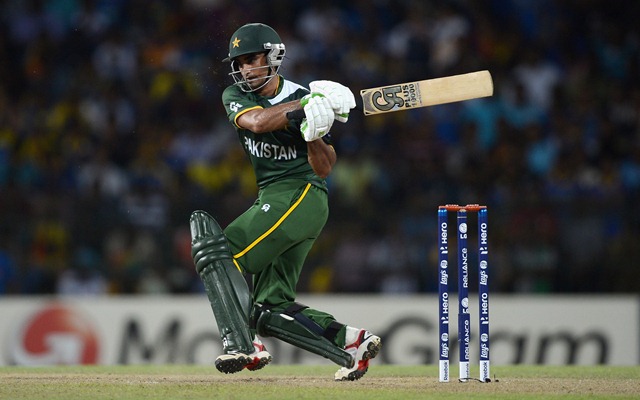

Imran Nazir of Pakistan. (Photo by Gareth Copley/Getty Images)
The year 2007 proved to be a watershed year in the history of not only Indian cricket but also world cricket. After India was knocked out of the 50-over World Cup, Zee head Subhash Chandra and former Indian World Cup-winning captain Kapil Dev kickstarted what later turned out to be the rebel Indian Cricket League.
Chandra reached out to the marquee cricketers of the world and lured them with hefty contracts. The first season of the now-defunct league was played a month after India’s maiden T20 World Cup win. And, the BCCI, desperate to seal the moment decided to launch its own league- the IPL.
The BCCI forced other cricket boards to ban all the players, who were a part of the rebel league, and even though the ban was lifted in due course, it affected the careers of a lot of international cricketers.
Here’s a list of 5 cricketers whose careers were affected by the ICL:
5. Abdul Razzaq
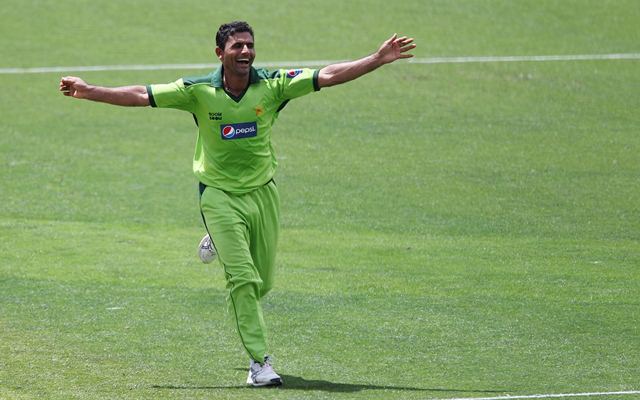
The swashbuckling all-rounder was the bedrock of Pakistan white-ball sides throughout the 2000s courtesy his ability to turn the match around with both bat and the ball.
The inflection point in Razzaq’s career came in 2007 when a knee injury forced him out of the 50-over World Cup. Things turned from bad to worse when the all-rounder was dropped from Pakistan’s T20 World Cup squad. Enraged Razzaq announced his retirement in the process before revoking a few months later.
Razzaq then proceeded to become a rebel cricketer when he joined the Indian Cricket League where he signed up for Hyderabad Heroes. The all-rounder, like many other International cricketers, was banned for joining the now-defunct league.
Razzaq lost almost two years of his career due to his participation in the ICL, and even though he returned to International cricket in 2009, where he played a crucial role in Pakistan’s 2009 T20 World Cup win besides playing one of the most stonewalling counterattacking innings against South Africa in 2010, he was well past his prime and was eventually discarded from the side thereafter.
4. Imran Nazir

Another one of those precociously talented cricketers from Pakistan, who failed to live up to the lofty expectations laid on him, at the start of his career. When on song, Nazir, courtesy his sumptuous and whirlwind strokeplay, was a sight to behold.
But, as with many other outrageously talented cricketers, Nazir’s forte was his inconsistency which masked a few good knocks that he played amongst a sea of indifferent performances. Nazir had a whirlwind 2007 where he racked up his career-best 160 in a World Cup game against Zimbabwe– the highest score by a Pakistani batsman in a World Cup fixture. He was also a part of the 2007 T20 World Cup side but, like many other cricketers, he was lured by the glitz and glamour of the Indian Cricket League, and was subsequently banned by the PCB.
The ban was eventually lifted by Pakistan supreme court in 2009, but by then, a lot of water had gone under the bridge, and with new talents emerging, Nazir could never really cement his place into the set-up.
3. Justin Kemp
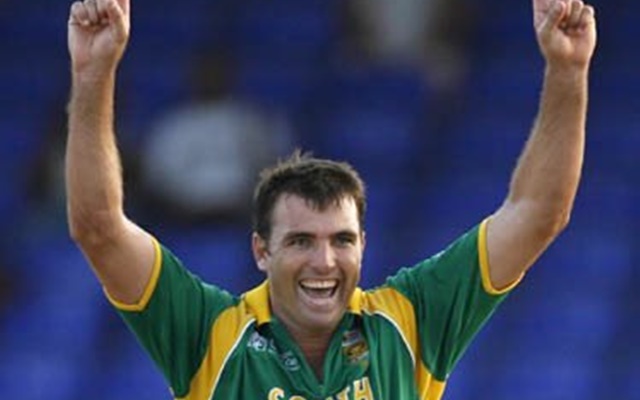
Justin Kemp was quite literally at the peak of his powers before he decided to join the rebel Indian Cricket League. The former South African batsman was one of the hardest hitters of a cricket ball during his pomp. Batting in the lower-middle order, Kemp featured in 85 ODIs for the rainbow nation, in which he amassed 1512 runs at an average of 31.5 and a strike-rate of 83.12 with the help of ten half-centuries and a solitary hundred- which came against India in 2006.
Kemp had a forgettable 2007 50-over and T20 World Cup campaign, post which he was discarded from the South African set-up. He soon joined the rebel Indian Cricket League [ICL], which eventually proved to be a death knell for his International career.
The ban was lifted in 2009, but with South Africa having options in the form of Albie Morkel and others, he was never considered for national selection again, even though he featured for CSK in the 2010 edition.
2. Aftab Ahmed
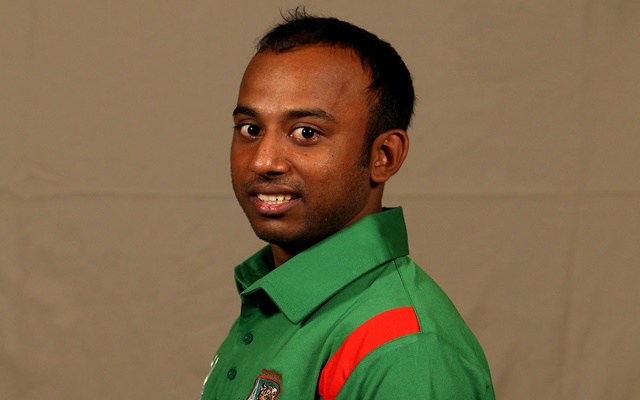
Before the likes of Shakib Al-Hasan, Mushfiqur Rahim came to the scene and finally converted their talent into performances, Bangladesh cricket, in the early 2000s, was embroiled with precocious young talents, who failed to live up to the expectations. Aftab Ahmed was one of them.
The all-rounder came into spotlight courtesy his whirlwind 79 against South Africa in the 2002 U-19 World Cup. He was handed a national cap. Aftab was an epitome of inconsistency but he did have his moments though in Bangladesh’s historic victories over Australia and India.
The all-rounder’s career took a tumultuous turn after he joined the rebel Indian Cricket League, post which BCB handed him a ten-year-ban. And, even though, he made his way back into the team after quitting the league after its inaugural season, he was never able to cement his place in the side and played his last International game against Australia in the 2010 T20 World Cup.
1. Shane Bond
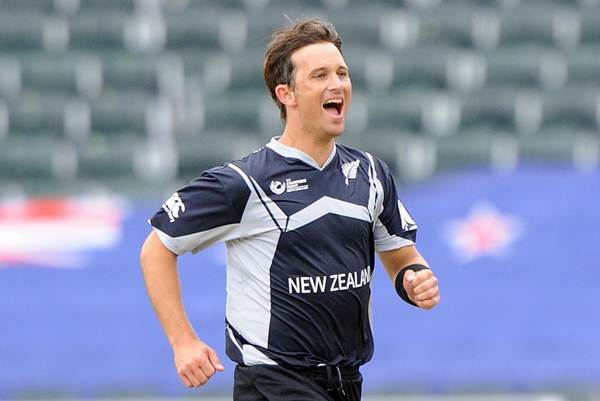
Probably the most high-profile name in the list- Shane Bond. The outrageously talented Kiwi fast bowler, who sent down chills among the opposition batsmen with his brilliant inswinging yorkers, Bond was a sight to behold.
His numbers in both forms of the game- 87 wickets in 18 Tests at an average of 22.09 and 147 wickets in 82 ODIs at an average of 20.88- is a reflection of what would have been if his career wasn’t marred with injuries and ICL.
Bond was one of the many high profile names that joined the rebel league and had to cope with a hefty prize by getting banned by their national boards. The ban was eventually lifted, but by the time he made his return, constant injuries meant, he was never the same force thereafter.
Download Our App